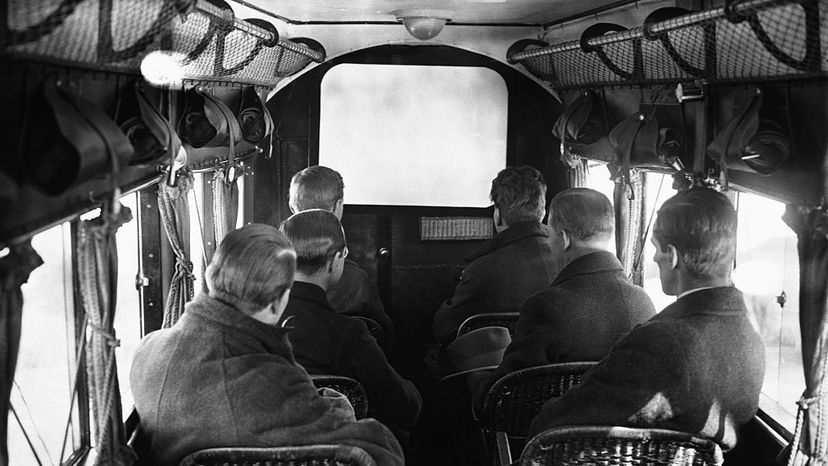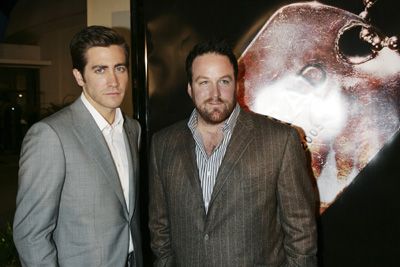
We are living in the golden age of in-flight movies. If you're old enough to recognize the sound of a dial-up modem, then you remember how movies were once reserved for only long flights. One movie, for the entire plane, shown on bulky monitors hanging down every 10 rows and censored so severely you were lucky to salvage a comprehensible plot.
But today — oh, today! — the in-flight entertainment choices are phenomenal. Thanks to on-board servers and broadband connectivity, you can stream new-release and classic movies, watch live TV, browse music channels, play video games and read ebooks — not only on the seatback screen, but on your own laptop, tablet or smartphone.
Advertisement
But with the explosion of in-flight entertainment choices comes a new twist on an old dilemma. When you turn every seatback and iPad into a movie screen, how do you make sure that potentially offensive content — graphic violence, nudity and culturally insensitive gags — isn't thrust in the faces of kids or the unsuspecting passenger in the middle seat?
You do what the entertainment industry and airlines have always done; you censor them. For the biggest blockbuster movies, studios themselves create an "airline version," which is scrubbed of the bloodiest violence, the steamiest love scenes, as well as any references to plane crashes or terrorists. But there's also a booming cottage industry of in-flight entertainment content companies whose job is to edit and distribute customized versions of Hollywood movies to suit the tastes and taboos of different international markets.

Advertisement


